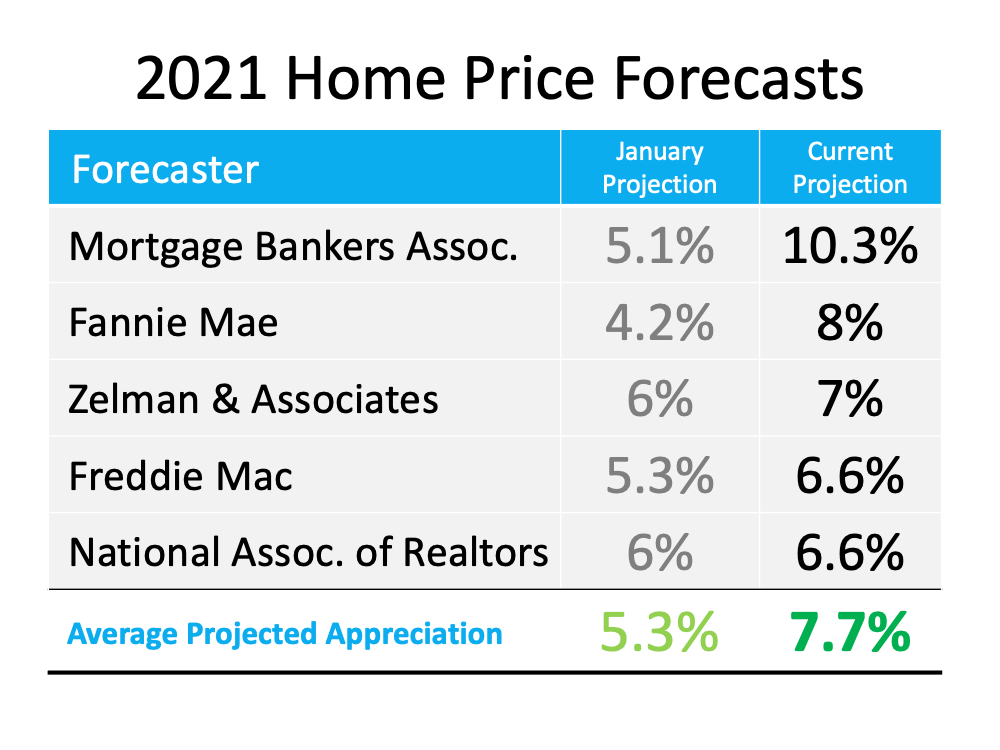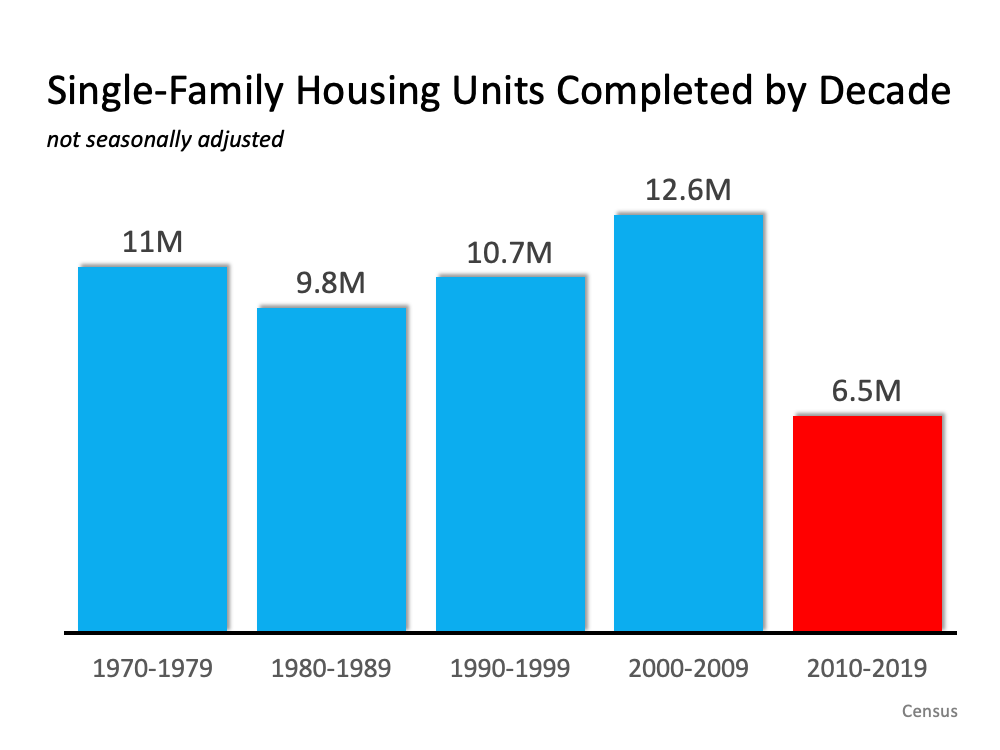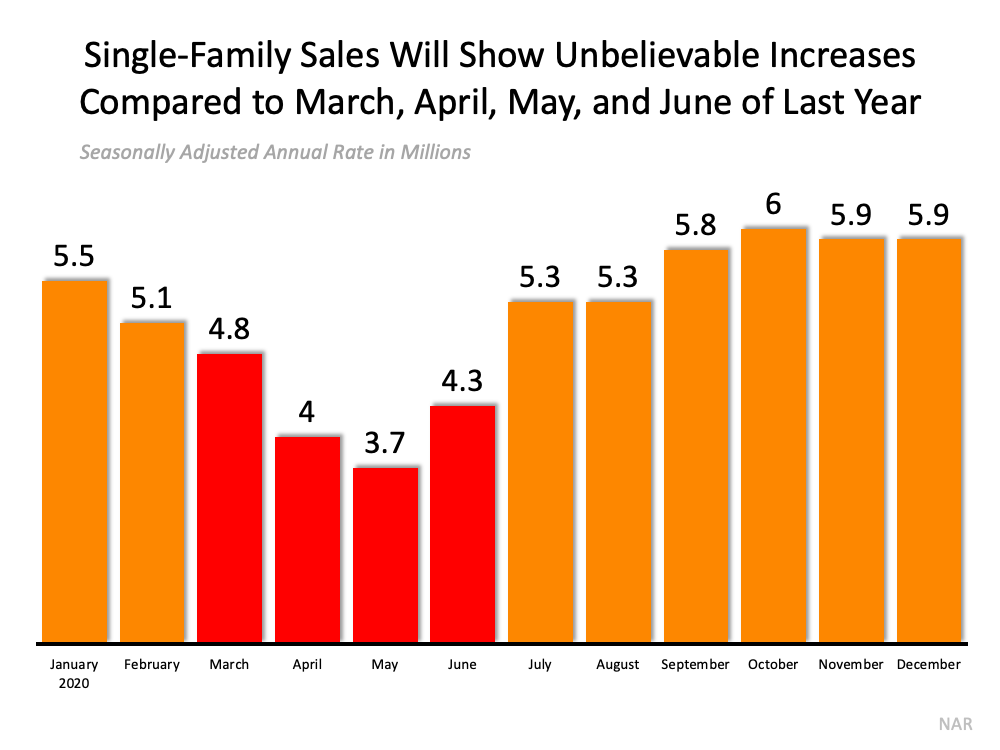As the U.S. economy rapidly improves, all eyes are on the Federal Reserve
Last Updated: April 29, 2021 at 11:10 a.m. ETFirst Published: April 29, 2021 at 10:00 a.m. ET By Jacob Passy
Mortgage rates remain under 3% — but could become more volatile in the months to come – MarketWatch
Americans still have a chance to lock in ultra-low interest rates on their mortgages. How long that opportunity will last could depend on the action the Federal Reserve takes to address potential inflation in the coming months.
The 30-year fixed-rate mortgage averaged 2.98% for the week ending April 29, up one basis point from the previous week, Freddie Mac FMCC, -0.00%, reported Thursday. The rate on the 30-year loan is down roughly 20 basis points since reaching the highest level since June of last year at the end of March.
The 15-year fixed-rate mortgage, meanwhile, increased two basis points to an average of 2.31%. The 5-year Treasury-indexed adjustable-rate mortgage averaged 2.64%, down 19 basis points from the previous week.
Mortgage rates have fallen in response to the movement on long-term bond yields, including the 10-year Treasury note TMUBMUSD10Y, 1.606%, which they roughly track.
“In light of the rising COVID caseloads globally, U.S. Treasury yields stopped moving up a month ago and have remained within a narrow range as the market digests incoming economic data,” Sam Khater, Freddie Mac’s chief economist, said in the weekly report.
The statements made by the Federal Reserve this week regarding its interest rate policy also had an effect, exerting “more downward pressure on bond yields,” said Zillow ZG, -3.31% Z, -4.37% economist Matthew Speakman.
The Fed is poised to keep rates low for the foreseeable future. Also relevant to mortgage rates: The central bank plans to maintain its pace of asset purchases, which include mortgage-backed securities. By buying those securities, the Fed pumps liquidity into the mortgage market that allows lenders to dole out more loans with lower interest rates.
However, should expectations of the economy change, the Federal Reserve could alter its policy. “It is likely that mortgage rates are going to be more volatile over this time period until the uncertainty around the Fed’s next moves are resolved,” said Mike Fratantoni, senior vice president and chief economist at the Mortgage Bankers Association, following the Fed’s announcement Wednesday.
Of course, the low rates are welcome to home buyers and existing owners alike. Lower rates ease the affordability constraints for buyers, which is especially important in a competitive spring housing market where prices are rising rapidly. And for homeowners, the extended period with sub-3% rates gives them yet another opportunity to refinance their home loan if they have not already.

![Should I Buy Now or Wait? [INFOGRAPHIC] | MyKCM](https://files.mykcm.com/2021/04/29143208/20210423-MEM-1-1046x1534.png)







![This Isn’t a Bubble. It’s Simply Lack of Supply. [INFOGRAPHIC] | MyKCM](https://files.mykcm.com/2021/04/22135919/20210423-MEM-1046x1490.png)

